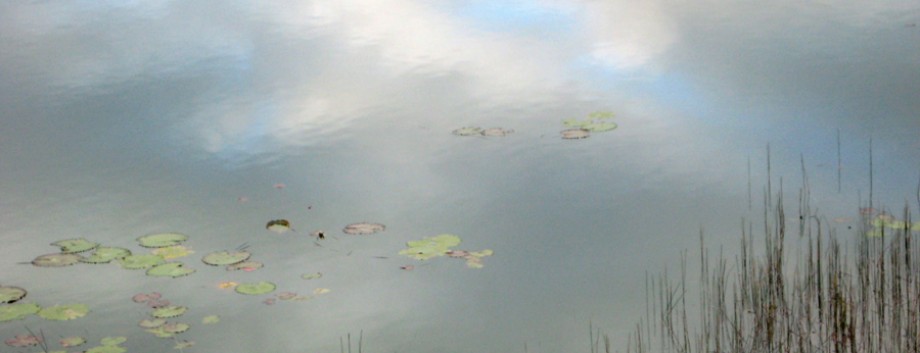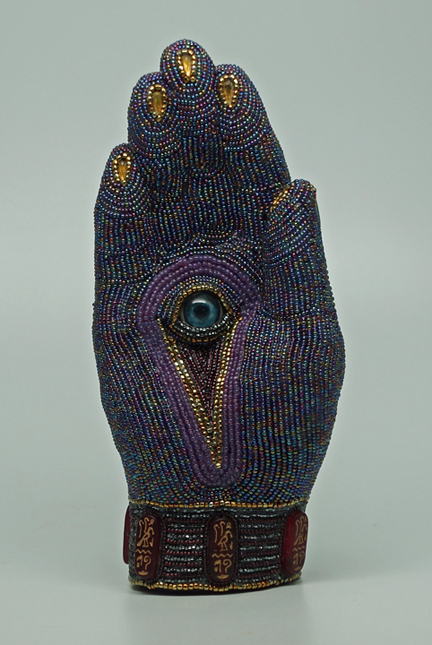I want to say upfront this is the most remarkable film of its type I’ve seen. Just in the first seconds of the documentary, before an actual image came, the hair rose on the back of my neck. My skin tightened into goosebumps. The staccato chant I heard was well familiar to me.

Bali Temple, 2007. Photo: Carla Woody
The film is specifically focused on the phases of ritual trance dancing of Java and Bali, particularly the horse dance where the dancer becomes the ‘horse’ he is ‘riding.’ It features elements to induce a trance: dance, drum, chant, whip, hyperventilation, meditation and acting ‘as if.’ Once entering trance, there’s no question the dancers are in another dimension altogether. To the point, after the ritual is complete, their fingers will not loosen from their stead or their body is completely rigid. These are no actors. You will see the dancers guided into and out of trance by the village shaman.
I appreciated the film underscored that these were ordinary people transformed into extraordinary personage through spiritual intent…and so affected return to their everyday lives. The shaman in one part was also shown in his work-a-day world as a government official in his village. One trance dancer was normally a farmer.
I know these things to be true through examples. Long ago, I remember participating in a Sufi retreat with a particularly adept Sufi teacher. At home he was a barista. I work with Maya religious leader-healer Xun Calixto who lives in a hamlet above San Juan Chamula in Chiapas. When not attending to his sacred duties, he works as a gardener.
Another interesting aspect highlighted is the syncretic nature of the religions in Bali and Java. Before other influences moved in and overtook them, Indonesia practiced pure animism. In Java, Hinduism arrived first, which the people incorporated for 800 years until Islam made inroads and prevailed. At that point, Hinduism moved on to Bali and remained. But in each instance elements of their original animism were maintained and expressed in isolated villages or special holidays, depicted well in the film.
To diverge a bit more, it made me think of the Maya people of Mexico and Guatemala, especially in San Juan Chamula. The church there was taken back from the Catholics in no uncertain terms. Yet, they have Catholic processionals on a saint’s day and allow the token priest to take part. The saints in glass boxes still line the walls. But the pews are gone and Maya forms of healing and prayer occur instead. It was a curiosity to me until I learned that the saints may be there, but the Maya people have their own stories about them, resoundingly connecting them to their land. The place is imbued with a sense of the sacred felt viscerally every bit as much as what’s shown in the film I’m reviewing.
You may be wondering how it is I immediately recognized the staccato chant that recurs throughout the documentary. In 2007 I was in Ubud, Bali presenting at a conference and elected to stay on afterward to experience more of its beautiful traditions. One night I attended a dance performance. I had no idea what it was but came highly recommended to me. I was myself entranced the entire time, not moving a muscle even for a while after it was over. It had a number of the same components I’ve discussed here—the ongoing staccato chant rising and falling—but also fire dancing and throwing with no one harmed. It was done at night. Mesmerizing. It’s stayed with me over the years. Whenever I thought of Bali, what I witnessed that night automatically emerged. Yet I had no reference for it until I watched this film. After I viewed it for the third time, I did some research and found the traditional Kecak ritual dance as a type of exorcism. The version I saw was created in the 1930s for Westerners by German artist Walter Spies and Indonesian dancer Wayan Limbak. Not exactly what was in the film. But still… Below you’ll see a good example of the Kecak dance I saw back in 2007.
It’s incredible the filmmakers—Elda Voelkel Hartley and Irving Hartley—were able to document these rituals, obviously done with great respect, which is why they gained permission. This 29-minute documentary is a true tribute to such sacred traditions. It doesn’t matter that if was produced in 1976. These things are timeless.
Watch the Hartley Productions full documentary Sacred Trances of Java and Bali for free streaming here.



